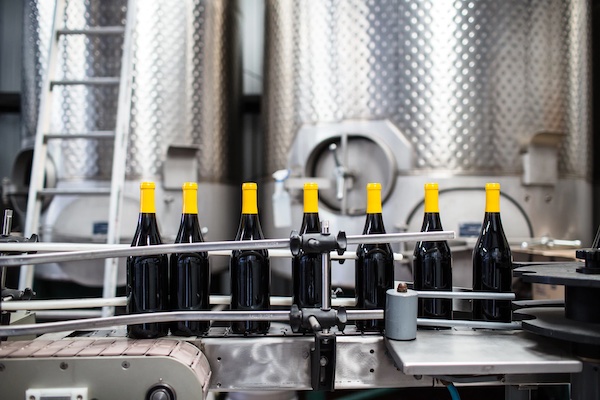
A lot of habits were changed in 2020. When you’re stuck at home, cut off from most human interaction, things start getting weird. It feels like a lifetime ago that we were all anxiously trying to figure out where our next roll of toilet paper would come from. It’s incredible to think a two-year-old video game console for kids was suddenly as scarce as gold. News and politics virtually replaced sports and celebrity gossip as watercooler topics; Zoom itself became the “watercooler.” Even air pollution and traffic subsided, if only for a moment, in places reputed for poor air quality and freeway congestion. And though Charmin, Nintendo Switches, and smog are widely available once again, the damage has been done. The emotional trauma of the past year has left behind bad habits — look no further than people hoarding gasoline in response to the Colonial Pipeline shutdown. (Fun fact: the viral video of the person filling plastic shopping bags full of gas was apparently from 2019, not 2021.)
Lessons Learned
The lesson is that even as we get COVID-19 more under control, new habits — both good and bad — have been formed. The food & beverage industry, which certainly felt the squeeze of the pandemic, is no exception. Analysts expect a surge in recalls as businesses reopen. While food recall activity from the FDA decreased 4.3 percent in Q1 2021 over Q4 2020, it actually increased 31.9 percent in units impacted quarter-over-quarter. Experts predict the food & beverage industry will see new food safety rules, increased oversight, enforcement activities, and more lawsuits as it emerges from the pandemic. New priorities in FDA inspections are likely, including expanded oversight related to contaminants. Indeed, as the world at large returns to “normal,” the way companies conduct business will never be the same.
How Is The Food & Beverage Industry To Adjust?
As we begin to consider our next pivot (after the first several pivots) from strained supply and fluctuating consumer demand, one factor remains the same: technology has become indispensable in finding modern solutions to modern problems. A return to normalcy does not include a return to slow adoption of technology. Procrastination is simply no longer an option. That genie cannot be put back its bottle, and really, why would you want to? Consumers have grown accustomed to mobile shopping and contactless pickup — nearly three-quarters of small and medium businesses expect consumers to continue to prefer contactless payments. Only 16 percent of consumers say they plan to revert to their old methods of payments, post-pandemic.
In other words, though the weather may be changing, the landscape is not.
Technology That Prioritizes Agility and Resilience
If 2020 taught food & beverage companies anything, it was to prioritize agility and resilience. You never know when the mother of all monkey wrenches is about to wreck all of your best-laid plans.
The cloud was clearly one of the most important technologies to save the day last year, and it will continue to lead the way for the foreseeable future. The pandemic accelerated the use of smart sensors to collect data from factory equipment. The industrial internet of things (IIoT) makes possible the agility necessary to react in real-time, connect from anywhere across the globe, and scale with impossibly large operations. IT teams use the cloud to facilitate communications between disparate systems and to make digital transformations easier. Now vast data lakes have become manageable, allowing predictive analytics, preventative maintenance, and prioritization planning. These newfound opportunities will only gain traction as the world moves forward.
Technologies such as ThinkIQ’s material ledger present a novel approach to intelligent tracking of material and energy movements and transformations, their associated monetary value, process data, and quality data. With the anticipated focus on contamination, a material ledger is invaluable in identifying possible sources of contamination and providing a clear indication of how big a recall should be. This technology also makes possible root cause analyses that identify correlations between incoming materials, performed process steps, and environmental conditions and the resulting quality of products produced.
As artificial intelligence (AI) continues to gain momentum and reach new capabilities through 2021, companies will gain the ability to better predict consumer behavior and adjust. Cutting-edge analytics derived from material traceability and smart manufacturing powered by AI and machine learning (ML) will bring companies closer to meeting their sustainability and resilience goals. And these technologies have already proved to increase yield, quality, safety, compliance, and brand confidence, while reducing waste and environmental impact.
With other technologies such as 3-D printed food on the horizon (a market composed of 293,000 industrial robots and expected to reach nearly $3.5 billion by 2027) the onus is on the supply chain to keep pace, meet the needs of the market, and survive all obstacles big and small using the revolutionary data technology that continues to make strides to meet the needs of the future. You can also start by downloading our eBook titled "Advanced Material Traceability Revolutionizes Digital Transformation".

